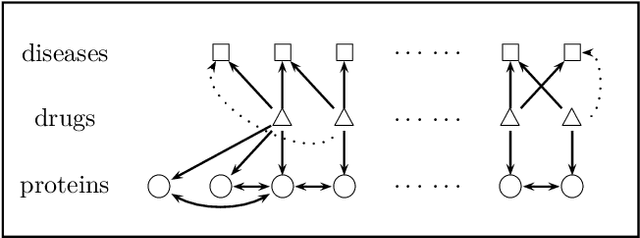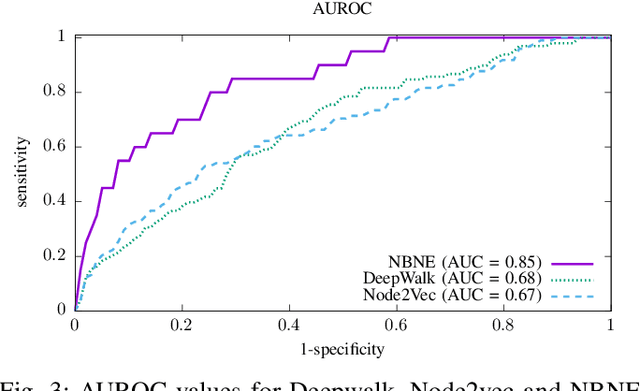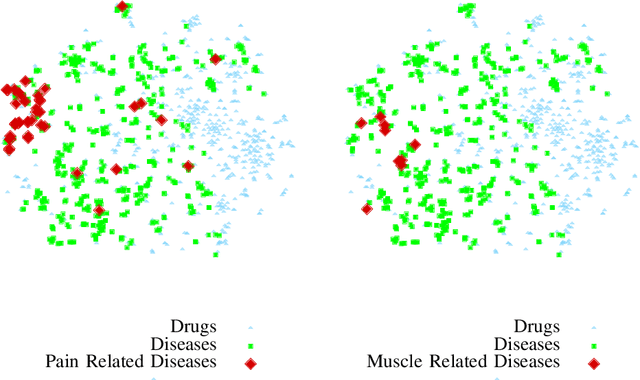Dehua Chen
Friendship is All we Need: A Multi-graph Embedding Approach for Modeling Customer Behavior
Oct 06, 2020



Abstract:Understanding customer behavior is fundamental for many use-cases in industry, especially in accelerated growth areas such as fin-tech and e-commerce. Structured data are often expensive, time-consuming and inadequate to analyze and study complex customer behaviors. In this paper, we propose a multi-graph embedding approach for creating a non-linear representation of customers in order to have a better knowledge of their characteristics without having any prior information about their financial status or their interests. By applying the current method we are able to predict users' future behavior with a reasonably high accuracy only by having the information of their friendship network. Potential applications include recommendation systems and credit risk forecasting.
Modeling Pharmacological Effects with Multi-Relation Unsupervised Graph Embedding
May 15, 2020



Abstract:A pharmacological effect of a drug on cells, organs and systems refers to the specific biochemical interaction produced by a drug substance, which is called its mechanism of action. Drug repositioning (or drug repurposing) is a fundamental problem for the identification of new opportunities for the use of already approved or failed drugs. In this paper, we present a method based on a multi-relation unsupervised graph embedding model that learns latent representations for drugs and diseases so that the distance between these representations reveals repositioning opportunities. Once representations for drugs and diseases are obtained we learn the likelihood of new links (that is, new indications) between drugs and diseases. Known drug indications are used for learning a model that predicts potential indications. Compared with existing unsupervised graph embedding methods our method shows superior prediction performance in terms of area under the ROC curve, and we present examples of repositioning opportunities found on recent biomedical literature that were also predicted by our method.
 Add to Chrome
Add to Chrome Add to Firefox
Add to Firefox Add to Edge
Add to Edge